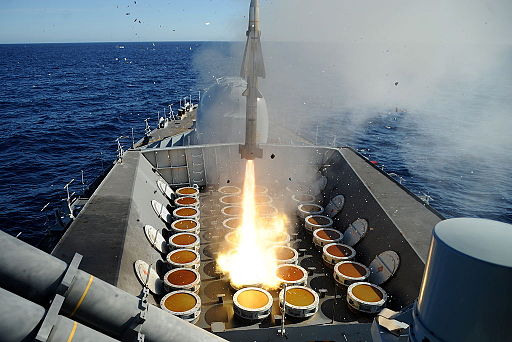
Yesterday’s blog prompted a fascinating debate over Twitter, as a result of a discussion by Public Health England (PHE) over considerations to prolong the use of Personal Protective Equipment (PPE.) Colleagues highlighted a blog post by Mike Edmond. He discussed the option of abandoning the fluid repellent surgical mask as part of PPE and instead make use of a full face visor only. The PHE document included ways of increasing capacity for single use and reusable gowns and I suggested we might also abandon the use of gloves for what after all is a respiratory virus and hand hygiene is the better option.
We have therefore arrived at a new normal proposal, which does not need to compromise IPC practice as single use items remain single use but alternative reusable items are also available. So we have to ask ourselves, do we want to do this and if so, how should we go about it .
During the Falklands Crisis, I shared a cabin with a civilian Ferranti engineer/computer programmer. We both joined HMS Brilliant at Ascension Island. We had 10 days to sail from Ascension Island to the Falkland Islands, although as you know from yesterday’s blog, we were diverted initially to recapture South Georgia.
HMS Brilliant was designed to operate in the Goalkeeper role. This means that in a fleet, the most precious asset is in the centre. This is normally the aircraft carrier. Other ships surround the carrier as a battle group. The Goalkeeper always moves to the most dangerous position assessed by intelligence, i.e. between the aircraft carrier and the direction of the missile threat.
HMS Brilliant was brand new and was equipped with the Sea Wolf missile system. The Sea Woolf was an automatic weapon system. The moment an incoming missile threat is detected the missile system self-activates itself, acquires the target, waits until it is in range (bit scary watching this on the radar screen in the Ops Room), and fires.
The problem was Sea Wolf was designed for warfare in the middle of the ocean where it can see the entire 360’ horizon. We were going to fight a war, close inland, where there was no horizon and a lot of land based radar noise from the hills and mountains of the Falklands. As we sailed south, the Ferranti engineer’s task was to convert the Sea Wolf automatic missile system into a point and shoot system.
On 14th May 1982, HMS Brilliant accompanied HMS Glasgow to the gunline off Stanley to lay down gunfire support with Brilliant acting as goalkeeper to Glasgow Our battle group was engaged by a group of 4 Sea Hawk aircraft – the transformed Sea Wolf missile engaged and fired at three of the aircraft, using the new point and shoot system. Two aircraft were downed by the missiles, a third aircraft swerved to avoid the Sea Wolf missile. Unfortunately, for the pilot, he flew into the sea and was killed. The fourth aircraft headed in the wrong direction, flew over Stanley and was shot down by his own side for flying into restricted airspace from their point of view.
The Sea Wolf lesson is we can do the seemingly impossible when we work as a team. It takes lateral thinking and bravery but:
“Any action is often better than no action, especially if you have been stuck in an unhappy situation for a long time. If it is a mistake, at least you learn something, in which case it’s no longer a mistake. If you remain stuck, you learn nothing.“ Eckhart Tolle
Act fast; fail fast; learn fast.
If we believe that the biggest risk is running out of various bits of PPE, then now is the time to find the alternatives. As Mike Edmond points out, and as various offers of manufacture have demonstrated, getting hold of full face visors that can be held by individual staff and decontaminated easily is something that can be undertaken locally. The same is true of offers of reusable gowns and seeing the abuse of gloves being worn for extended periods by staff makes early abandonment something to be commended.
If there is any risk of running out of PPE then now is the time to act not when we run out.
Leave a Reply